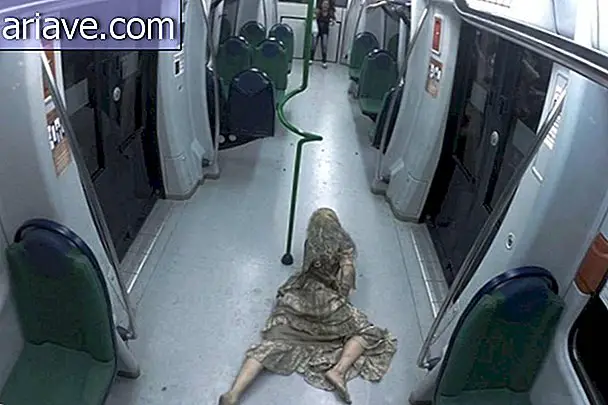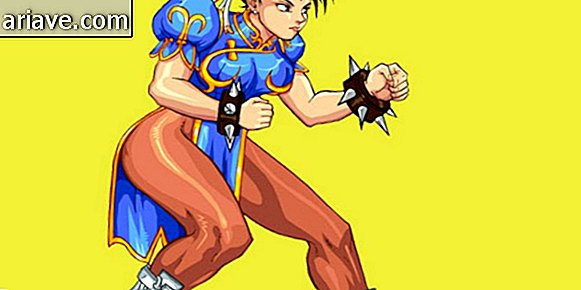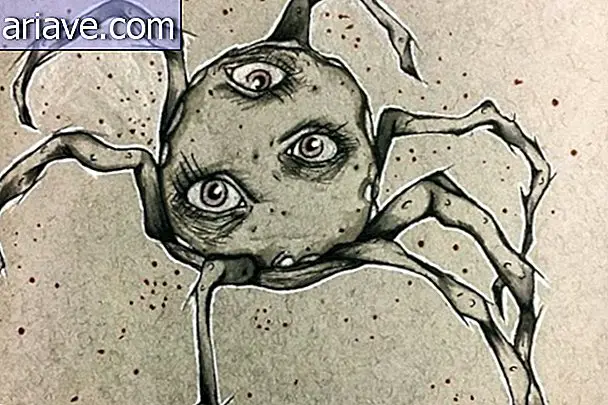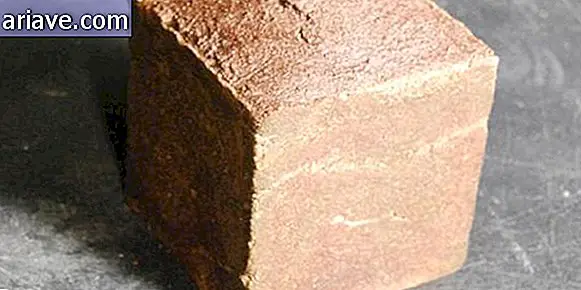Technology helps man walk after 4 years with paralysis
Technological advances are always celebrated, especially when they positively impact people's lives and can bring real and immediate changes to those who need them most. A news that promises to improve - and much - the quality of life of people suffering from some kind of motor paralysis has been celebrated and awaited in the world of technology and also in the thousands of families that have some member who for some reason lost the movement. of arms and legs.
Early results of the new invention are promising. A 28-year-old Frenchman has recovered some movements again after four years in bed without being able to move. The Curious Mega will tell you everything.
The patient
At 24, Frenchman Thibault was having fun with some colleagues in a nightclub when he had an accident falling from a height of 15 meters. The fall caused a severe injury to the spine, causing him to lose body movements from the shoulders down. Even if after a while he recovered his wrist movements, which enabled him to move a wheelchair, it is undeniable that the accident - which occurred four years ago - changed Thibault's life forever.

The young man was chosen to take part in a trial run by scientists at Genoble University and researchers at a company who wanted to test a "robot" that mimics an exoskeleton. The equipment would be able to move by controlling the patient's mind through two sensors implanted between the skin and the brain. Although it sounds like an idea straight out of a science fiction movie, the creation was responsible for Thibault's first steps after four years of paralysis.
The future
Despite the test, which was a success, scientists noted that there are still improvements to be made to the "suit." Although it is already possible for the patient to view the exoskeleton without it being connected to any computer, movements are limited to a room, for example, as the structure still needs to be attached to the ceiling to give the movement more stability.
Even so, it is an unprecedented advance and a hope for countless patients who today have some degree of paralysis.












